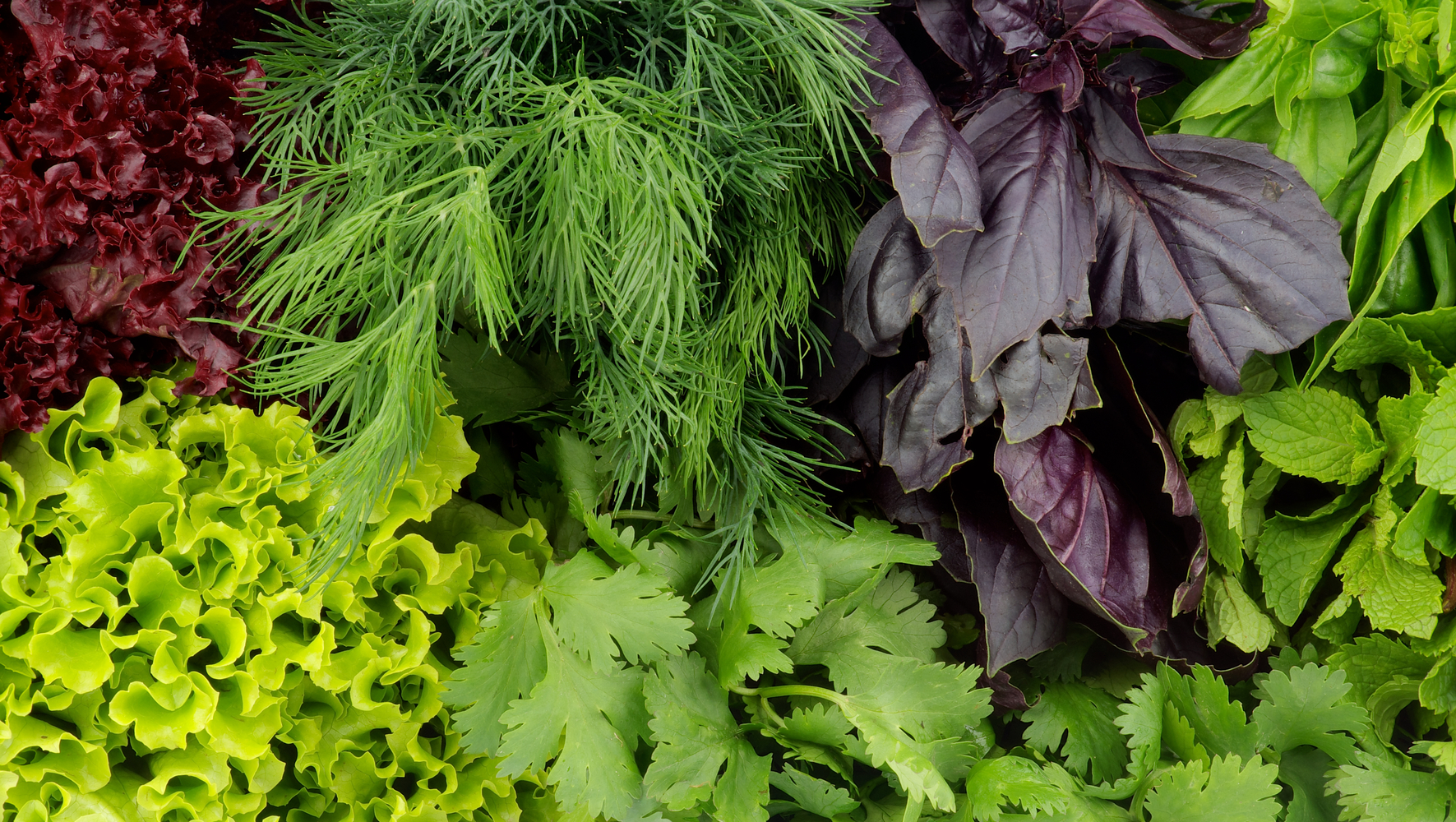
6 Nutritional Tips for Those with High Cholesterol Levels
Cholesterol is a waxy substance the liver produces. There are two types of cholesterol: good or HDL (high-density lipoprotein) and harmful or LDL (low-density lipoprotein). When oxidized, LDL forms plaques and sticks to the walls of arteries, leading to an increased risk of strokes and heart diseases. Fortunately, there are many simple ways of reducing LDL levels and improve overall health. The following are six nutritional tips for people with high cholesterol.
1. Eat more soluble fiber
Humans lack enzymes that are capable of digesting soluble fiber. This deficiency means that any soluble fiber eaten will absorb water and move through the digestive tract. Then, the body will excrete it. Fibers stick to bile, which the body makes from cholesterol. Once the body evacuates it, the liver needs to make more bile, for which it absorbs cholesterol from the blood. Foods like whole grains, apples, beans, and legumes are full of soluble fiber.
2. Have lesser meat
One of the foods that the liver turns into cholesterol is meat. They are tasty and packed with essential nutrients and provide the building blocks of the body, protein. However, people with high cholesterol must make healthier choices. People can choose leaner meat cuts like tenderloin or tip steak to reduce the intake of saturated fat. Also, have meat only a few days a week, or avoid cooking it at home and reserve it as a treat.
3. Say no to saturated fats
Fats are of two kinds: saturated and unsaturated. Studies show that people who replaced saturated fats with unsaturated fats had lower cholesterol over the research period. Consider foods like salmon, avocados, olives, and nuts instead of fried foods and fast foods.
4. Spice up meals
Most people talk about the foods to eat and avoid but overlook spices while making changes. Herbs and spices are abundant in vitamins, minerals, and antioxidants that prevent LDL from turning into artery-blocking plaques. Garlic, ginger, and turmeric are super effective in lowering cholesterol. Also, add oregano, sage, clove, cinnamon, thyme, and mint in small amounts to meals. Fresh herbs like cilantro, dill, and marjoram also contain antioxidants that help lower bad cholesterol.
5. Avoid sugar
Apart from saturated fats and artificial trans fats, sugar can also raise cholesterol levels. People who consume high-fructose corn syrup have increased levels of oxidized LDL. Sadly, most people eat a lot of foods with added sugars and sugar syrups. Try sticking to the recommended amount, 25 grams of sugar per day for women and children and 37.5 grams for men. Read the labels on food products thoroughly or find foods without added sugar.
6. Choose the Mediterranean Diet
Remembering these tips might be difficult, but an easy way to incorporate all the suggestions is to adopt a Mediterranean diet that significantly reduces LDL cholesterol levels within the first three months. It is rich in olives, nuts, fish, seafood, legumes, poultry, eggs, and yogurt brimming with saturated fats and is low in red meats. The fruits, nuts, and whole grains increase the intake of soluble fiber.


